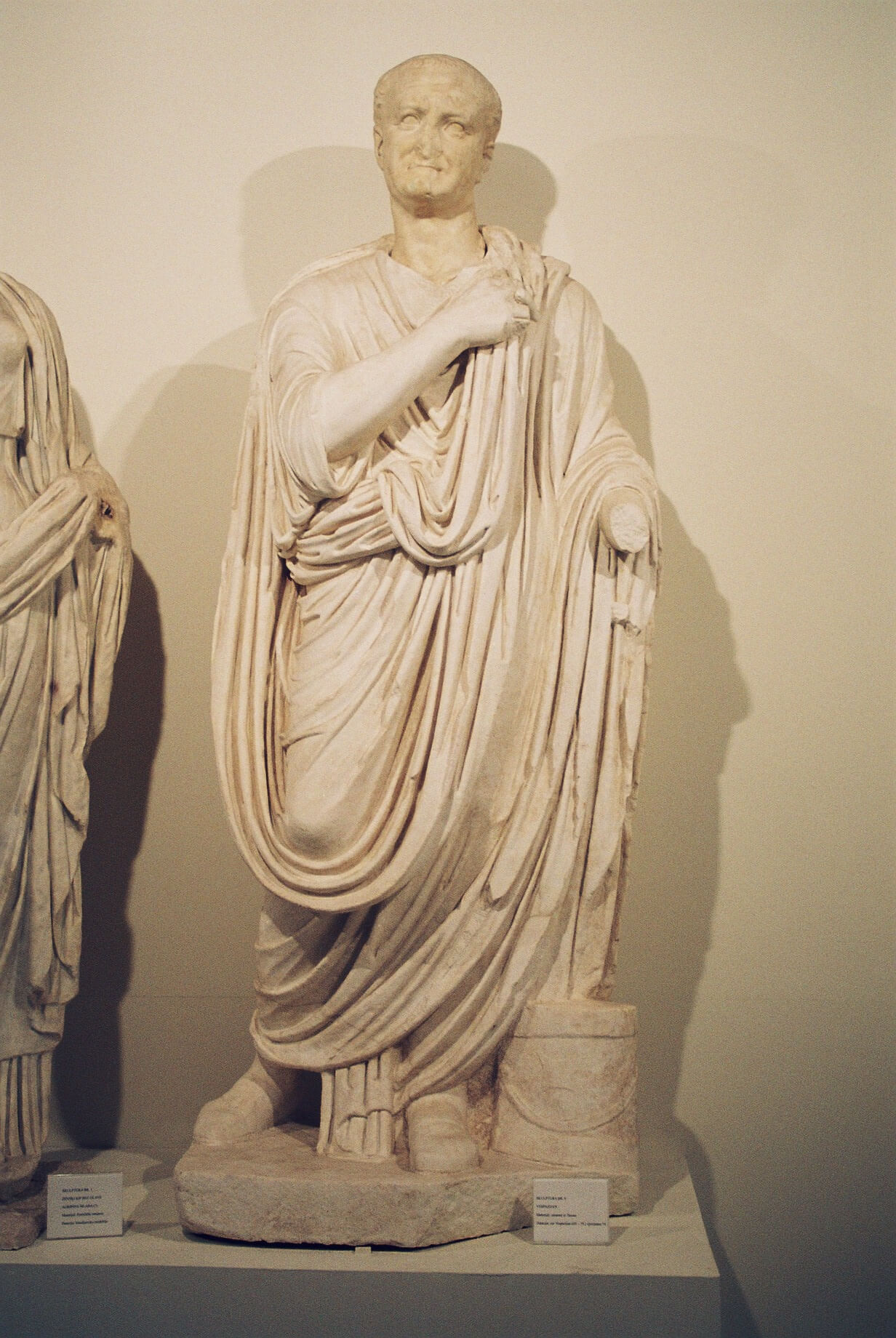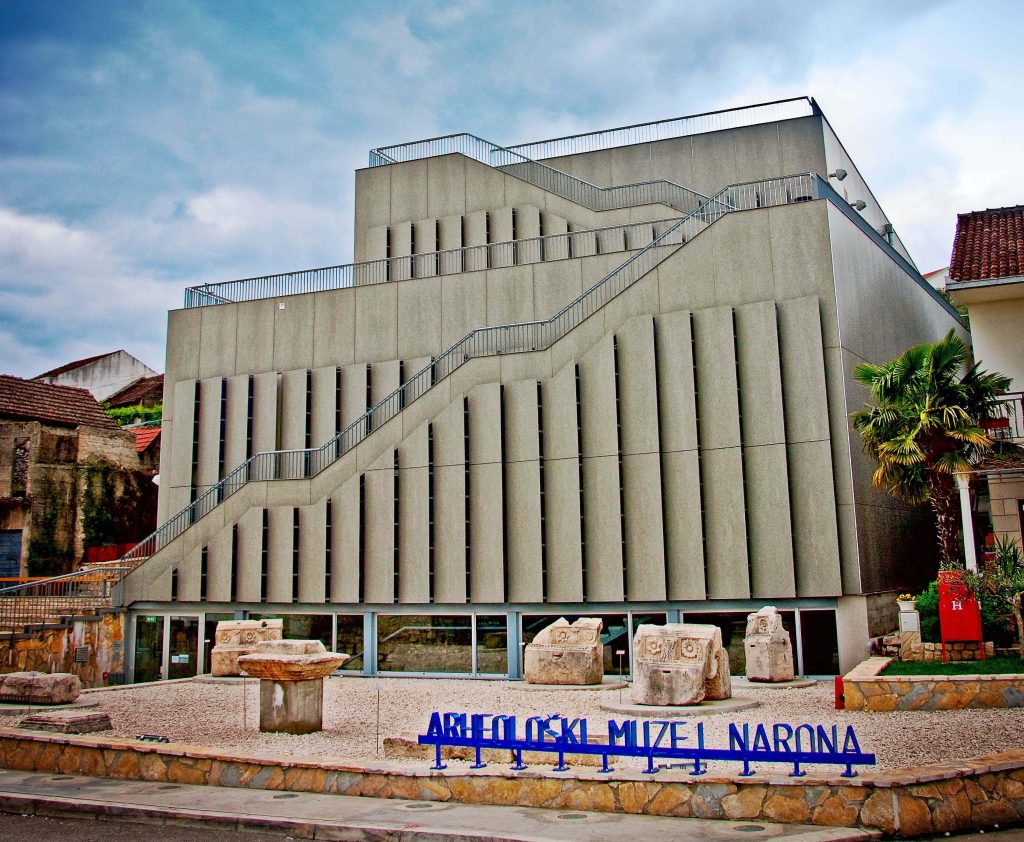In 1995 and 1996, under the guidance of Prof. Emilio Marin, Ph.D., archeologists discovered 17 marble statues with inscriptions and mosaic floors inside the Plečaš family barn in Vid, located just on the outskirts of Metković. The remains of the Roman city of Narona, which is a unique archeological find, indicated that the city was of great importance during the Roman era, built in the first century BC.
When the marble statues and remains of the temple were found within a family barn, the Narona Archeological Museum was constructed on-site to ensure all found remains don’t get damaged in transport or relocation. The modern design of the museum was done by architect Goran Rako in 2001. Once the museum was constructed and the permanent exhibition was set up, the museum opened its doors on May 18, 2007.

Historically, Narona was one of the most important cities during the Roman era on the Adriatic’s eastern shores due to its ideal location. When you’re linked to the coast, the world is at your fingertips, and with Narona, today’s Vid, being surrounded by the river Neretva, the city of Narona continued to thrive.
The museum is a hidden gem of Croatia and the Neretva Valley. This incredible find doesn’t get half of the international recognition it deserves due to its location. The town Vid, located in the Neretva Valley, is most known for its history, but as most of the valley is still not the most popular tourist location unless you know what you’re looking for, the museum remains a hidden gem.
Narona Archeological Museum presents its visitors with a unique experience to witness Roman architecture and history. The Narona museum is a perfect place for all lovers of culture, arts, history, and archeology. To walk into a museum and be transported into the Roman era is a rare find, so make sure you add a visit to the Narona Archeological Museum to your list!
To read more travel news in Croatia, follow TCN’s dedicated page.











